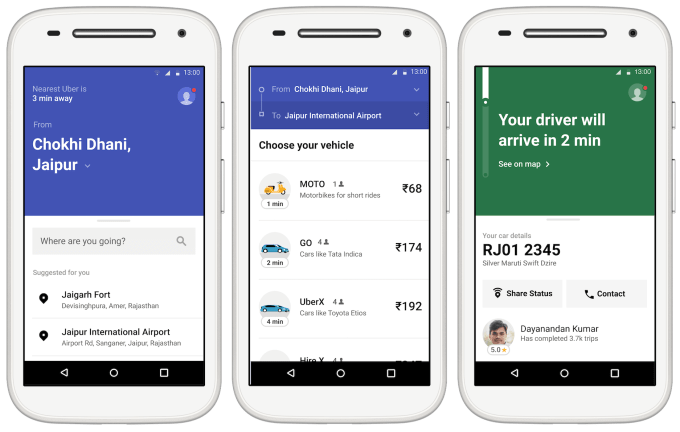Metaboards, an Oxford-based startup that is developing new wireless charging technology, has secured $5 million in funding. The round is led by Oxford Sciences Innovation (OSI), with participation from RT Capital Management, and Woodford Investment Management. The burgeoning company will use the new funds to expand the team with the aim of bringing its patented ‘metamaterials’-based wireless charging tech to market.
Founded in 2016 by professors and published researchers from Oxford University, Metaboards is applying the use of ‘metamaterials’ to potentially create a much-better wireless charging solution that would negate some of the shortcomings of today’s tech. This will include removing the need for alignment between the charger and device, and the ability to charge multiple devices without multiple charging points.
More broadly, metamaterials are new types of materials made up of compounds such as plastics or metals that are arranged in ‘geometric structures’ that have properties not found in nature. The most extreme example could be an ‘invisibility’ cloak! However, metamaterials are a hot area of industrial research that has a plethora of more tangible applications. Metaboards thinks wireless charging is definitely one of them.
In a brief call, Metaboards CEO Nedko Ivanov, who previously led audio and haptics company Redux — which we reported was acquired by Google last year — told me the startup already has a working prototype that it will demo at the next CES and Mobile World Congress. It is also in discussions with various OEMs to explore ways to bring products to market based on the tech.
As well as negating the need for alignment, which, Ivanov notes, means that current wireless charging solutions aren’t that different to actually plugging a device into a charger, Metaboards’ solution has much better vertical reach/penetration. So, for example, rather than having to drill into a table to retro-fit a charging solution, in theory Metaboards’ technology could be placed on the underside of a table and effectively charge through it. Add in the ability to charge multiple devices on the same surface and things get interesting.
“Metaboards’ technology makes it possible to charge tablets, games consoles and controllers, computers and any other non-metal electronic device at the same time and on the same surface,” says the company. It also points to a recent report from Grand View Research that predicts that the global wireless charging market will be worth $22.25 billion by 2022.
Adds Ivanov in a statement: “This investment will help us to grow the company and extend our capabilities across all wireless power technology platforms to ensure we offer universal capabilities. We already have interest from companies looking into licensing the technology in the next six to 12 months”.




